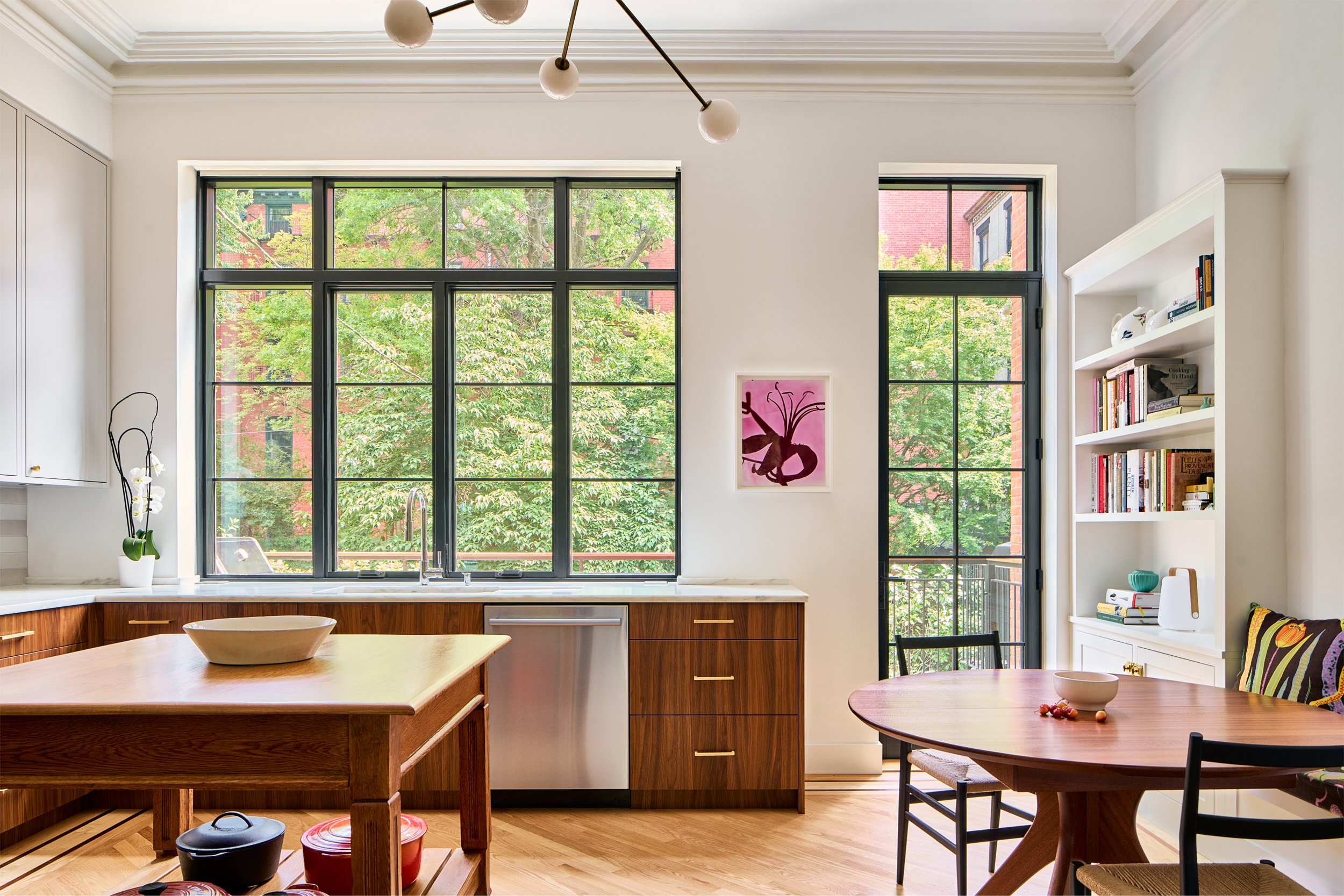Myrtle Tower To Be Even Bigger
Maybe someone can explain to us exactly how this works. BFC Partners, which is building a luxury apartment building near the entrance to the Manhattan Bridge, just earned the right to make the building even bigger by promising to build 48 units of affordable housing. The Brooklyn Papers article about the deal says only that…


Maybe someone can explain to us exactly how this works. BFC Partners, which is building a luxury apartment building near the entrance to the Manhattan Bridge, just earned the right to make the building even bigger by promising to build 48 units of affordable housing. The Brooklyn Papers article about the deal says only that the developer was unable to include the affordable units in the luxury tower so he’s building them two miles away on Classon Avenue instead. Critics of the move say it promotes class segregation. A spokesman for the Downtown Brooklyn Partnership whose territory the luxury building falls under, scoffs at the accusation: “This development is creating more housing for all levels of income. PACC, which is managing the affordable housing component also defends the decision to have it off-site: this particular developer made every effort to have the inclusionary housing right on site, said Deb Howard. He could not, so we had to go looking for sites farther afield in the Community Board. We can understand why this developer would want to fulfill his affordable housing obligation in a lower-rent part of town and don’t have any particular bone to pick with him, we just don’t understand the process or criteria by which he can decide to do so instead of including it in the luxury project. Is it just up to him or just a matter of negotiation with the city?
Myrtle Tower Tops Out Above Limits [Brooklyn Papers] GMAP





1. There are below-market units in the building, in addition to the inclusionary units on Quincy.
2. The first sentence in the Brooklyn Papers article is wrong: the building will be taller than if the inclusionary units were not constructed, but not taller than the height limit.
C’mon Gersh, say something funny!
I’m rich, and I think that Classon is still to close to me, build them further!
Anon 2:16pm
Since when can a “middle class” person afford to pay for luxury housing in this City. The “affordable housing” is for YOU, ya big dummy.
Why should there be “affordable” housing within a luxury building? It doesn’t make $ sense so why would a builder do it? And then the middle class has to pay for any subsidized housing. It’s hard for people who make a good living to live in a luxury building, so why should someone who can’t afford it themselves pay for someone else to? Wonder why few other cities do this?
lol@ the irony of the phrase “affordable” housing…so everything else is “unaffordable” housing..dwl
All dirty smelly poor people should live together away from the clean rich people who smell good.
Unless the site is located in a special zoning district that provides for affordable housing bonuses under certain conditions, getting a rezoning or variance to build bigger in return for affordable housing would basically be a matter of negotiation.
As for on site v. off site, while on site is preferred for obvious reasons developers will argue (probably correctly) that affordable housing is built in a different way than luxury housing (different materials, lower ceiling heights) and it is just not economically feasible to build affordable units to the same standards as luxury ones. This does not necessarily mean that the affordable units will not be built well enough for people to live in comfortably (one hopes), but that they will not be built with the notion of luxury marketing in mind. Then when an off-site location needs to be found, it will inevitably be in an area where property values are lower — otherwise it is too hard to even break even on the deal. Those who decry this system as segregationist etc. must remember that developers are usually not self-financed and many of these contraints arise from the lender marketplace. And yes, affordable housing built outside of the “best” neighborhood is better than no affordable housing at all.
It seems to me that if you really want to insure that the affordable units end up going to (and staying with) people who really are low/moderate incom, it is better to have the affordable units built off-site.
The reality is that affordable apartments built in million dollar buildings often end up going to some rich guys ‘poor’ kids or other relative/friend. The disparity in valuation is just too tempting for many people to not exploit.
Heck look at most Mitcell-Lama housing in desirable neighborhoods- I wish I was as ‘middle-class’ as many of those residents.
poor people are dirty and smelly. making them live two miles from the site is perfectly reasonable.